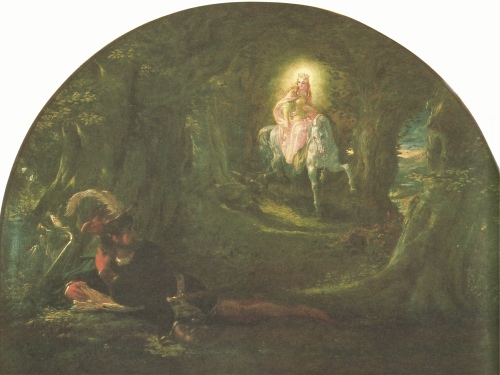
Book Cover © John Howe, 2002. Display of this book-cover comprises fair-use under the 1988 Licenses, Designs and Patents Act.
Species Mentioned: Bumper article! Two armies of species, one tame and one wild.
Source: ‘Sir Gawain and the Green Knight’. One of the most exciting Middle English stories.
Date of Source: 1385-1400.
Highlights: ‘Sir Gawain’ tells the story of a game played between the civilised, charming, boring Sir Gawain and the giant, strong, savage Green Knight. The story proves people in medieval Britain distinguished the environment as managed by humans and the wild, primordial environment. In ‘Sir Gawain’, civilisation won and we are still dealing with the complicated consequences of that ‘victory’ today.


